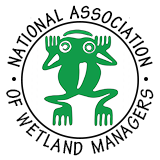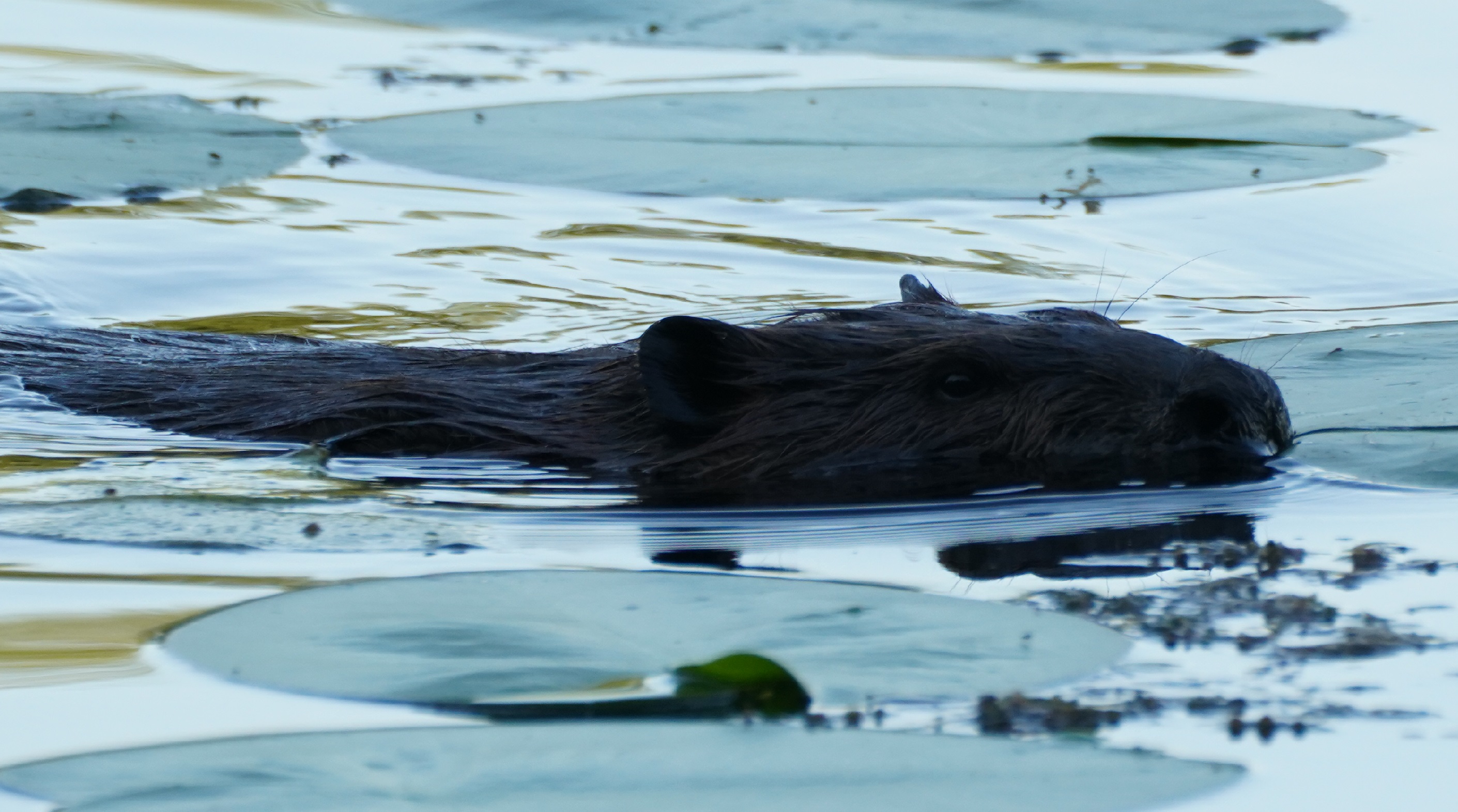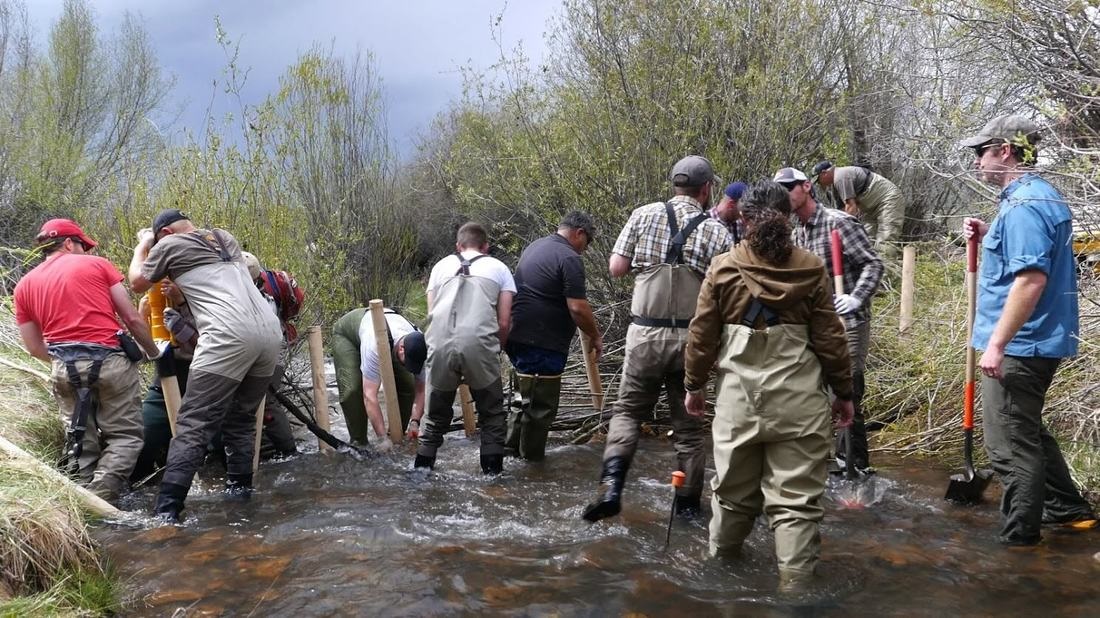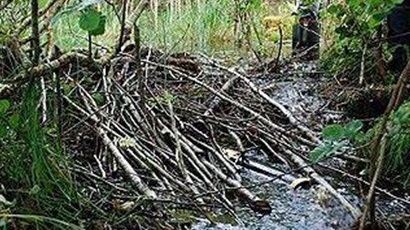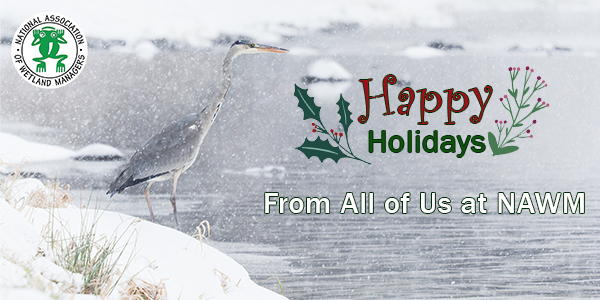Beaver-Related Restoration
Reintroduction of beavers and the use of beaver mimicry are techniques increasingly being employed to accomplish stream, wetland, and floodplain restoration. By constructing dams that impound water and retain sediment, beaver (or beaver biomimicry projects) substantially alter the physical, chemical, and biological characteristics of the surrounding river ecosystem. These restored systems create new, more complex habitat in degraded systems and provide greater benefits to plants, fish, and wildlife.
Beaver-Related Restoration Webinars and Training Modules
The National Association of Wetland Managers (NAWM) and the Bureau of Land Management (BLM) have developed a series of webinars and associated learning modules introducing the topic of restoration of aquatic ecosystems through the reintroduction of beavers, the use of beaver dam analogues (BDAs) or restoration designed to attract beavers to an area to contribute to changing hydrology and restoring ecosystem services. Learn about the 2025-2024 webinars and training series.
Training and Guidance on Process-Based and Beaver-Related Restoration Techniques
A growing literature exists to support professionals and researchers exploring the effectiveness of beaver-related restoration activities. List of useful beaver-related restoration guides, handbooks, webinars, training modules and literature compilations.
Beaver-Related Restoration National Dialogue Summary Report
NAWM and BLM collaborated in 2020-2021 to gather information from beaver restoration professionals on experiences, questions, and needs encountered while undertaking beaver restoration projects. The resulting national dialogue report on beaver-related restoration identifies successful strategies, areas of common need, and beneficial resources to support future planning and restoration activities. Read the report.
Case Studies in Permitting Beaver-Related Restoration
Low-tech process-based restoration (LTPBR) strategies have been surging in popularity among the river restoration and beaver restoration communities, however, the regulatory and permitting framework still needs to catch up. While some states and communities are moving to pilot new permitting processes to facilitate LTPBR, the current policy landscape is a patchwork of regulations that vary from jurisdiction to jurisdiction. This paper provides examples from a variety of states that have existing regulations covering beaver coexistence, beaver relocation, and beaver mimicry to highlight possible pathways for other states to adopt. Read the report.
